In our modern world, it is essential to keep our food fresh. But what happens when those goods are damaged or flawed during transport?
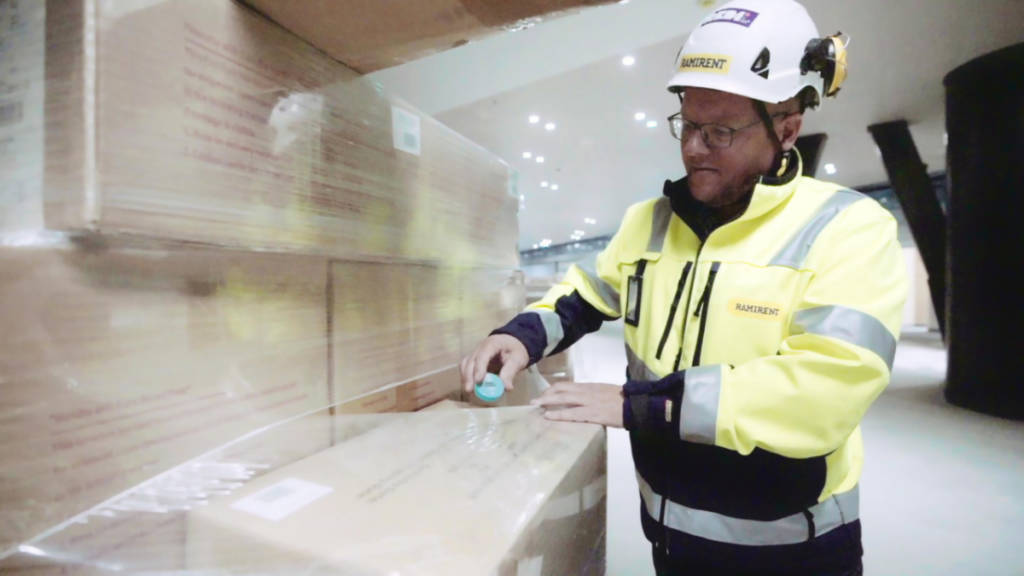
Approximately 20 per cent of temperature-sensitive air cargo are scrapped due to broken cold chains. The total losses in temperature-sensitive air cargo add up to 30 billion euro annually.
Kaltiot Smart Tracker is reducing the loss of temperature-sensitive air cargo and it’s powered by Ruuvi, the best in class technology for measuring temperature.

How does Ruuvi help Kaltiot to measure temperature, humidity and movement?
The Kaltiot smart tracker is a rebranded smart sensor based on the original environment measuring tool developed by Ruuvi called the RuuviTag.
It is an intelligent smart sensor that measures and stores environmental data together with sensing movement.
Kaltiot is using the RuuviTag smart sensor in various ways across different industries. We had the chance to interview Ville Heikkilä from Kaltiot, who explained how the tracking device is used, the features and what he likes most about the RuuviTag.
“RuuviTag is a wireless Bluetooth sensor that measures temperature, air humidity, and movement. Live measurements and historical data can be seen with your smartphone using Ruuvi’s mobile app for Android and iOS.” – Ruuvi
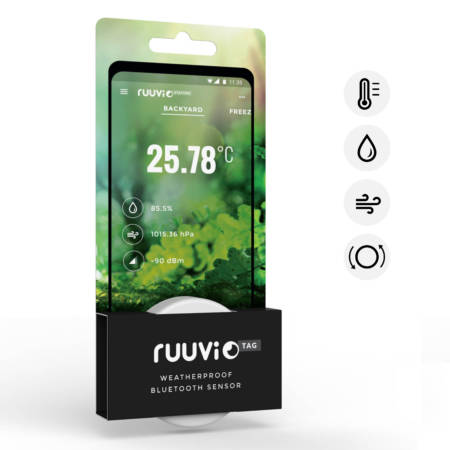
Interview with Ville Heikkilä, Sales and Marketing Manager at Kaltiot
Would you tell our international readers a bit about Kaltiot?
We are a service company, and we are providing a service for different industries, logistics and industrial companies and processing industries. And what we do is we offer to track and monitor sensor information— temperature and humidity in construction sites and movement. For example, in logistics, we track the usage of different assets and similarly in industrial companies.
How did the business relationship with Ruuvi start? And what was your first impression when you received the Ruuvi Bluetooth Sensor?
Most of our team used to work for Nokia. Our guys had done a notification system for Nokia devices; we had over 30 million users there. And WhatsApp, Facebook and Skype, these types of companies use our service, but then on top of that, we started looking to expand our business into this sense of data [smart tracking devices] as well. I think with Ruuvi; it has been very easy to work with because it is also a small company like ours, and from the start, it has been very good cooperation. And we have worked very closely with Ruuvi.
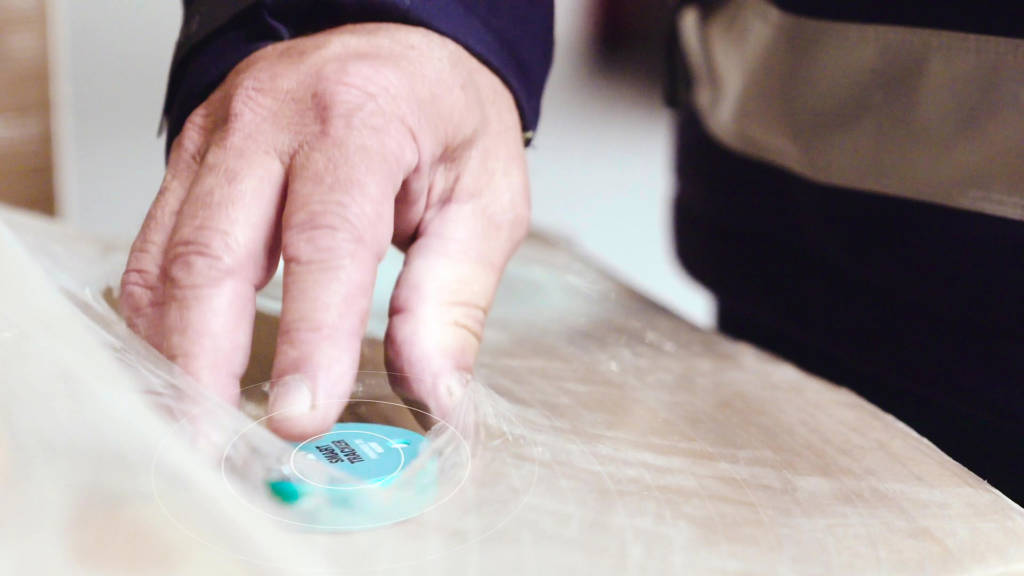
What is the key benefit of Ruuvi Bluetooth Sensor, which resulted in the decision to collaborate with Ruuvi?
Well, it is a cost-efficient way to track your assets. That is the kind of key benefit that it provides.
The Ruuvi sensor is entirely open-source and can be rebranded by any company, such as Kaltiot. How important was this aspect for your company when you were comparing sensor or other technology products?
I think open source is very important, because this comes down to how we see the whole market and the industry. And I worked for 15 years in Nokia. I saw how the industry changed from this kind of closed ecosystem. Our starting point was that all the industries would go that way.
There are excellent companies like Ruuvi who have a lot of innovation in the hardware part, which will accelerate the whole innovation and provide more value to the consumers or the users.
Well, it is a cost-efficient way to track your assets. That is the kind of key benefit that it provides.
Were there any difficulties in rebranding the Ruuvi Bluetooth Sensor, for example, when the Kaltiot firmware was transferred on it?
No, I think it was very smooth, and we are also openly telling that we are using Ruuvi. It’s not a secret.
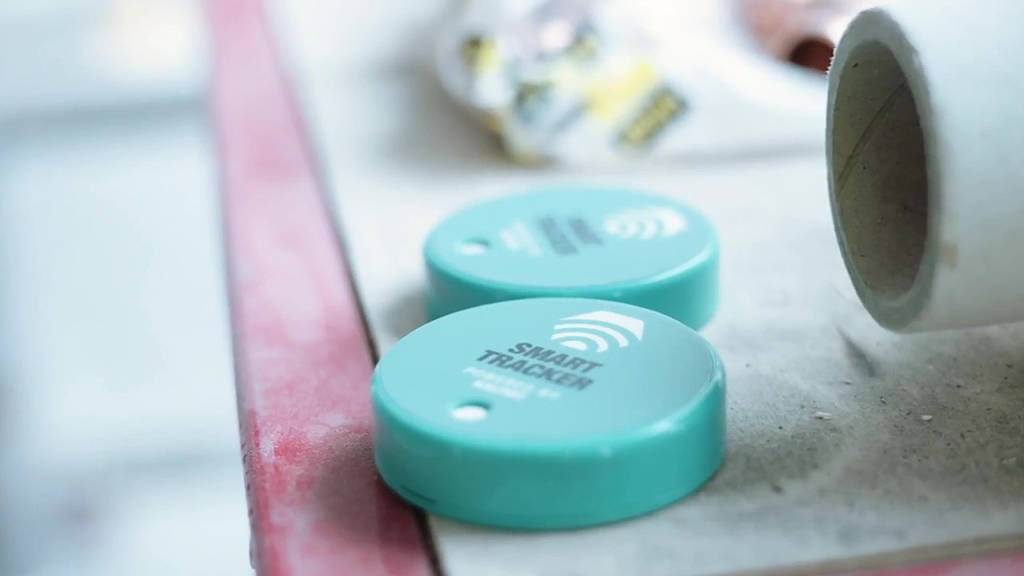
The Ruuvi sensor can measure temperature, humidity, air pressure, and movement. Can you tell us a bit about some case studies and examples where companies are using this device at the moment?
One of our customers is in construction. They are using it in tech backed production. If you have a concrete building, it needs to dry before you can close the surfaces.
We measure the temperature and humidity during the whole construction. They [construction companies] can manage the drying and heating. They know when this building will be dry, and they can start the next phase of the production.
[And there is] postal service, they are using e-trolleys for distributing mail. First of all, it tracks usage. We combine information from the smartphones that the postal workers have, so we get the route. They know what route [the parcels] took, how much time it took, and how much these assets are used. If you have hundreds of these, you can optimize the asset used in different places.
We live in a complex world now, especially talking about Covid-19, being in the middle of this worldwide pandemic. Could you think of how your sensor can help us with solving problems that arise?
When Covid started, we’ve added a tracking system called the contact tracking system. We can track how long and how close people who have been carrying COVID have been in contact. That is one point of how to handle Covid-19. People need to know how long to stand next to each other or how far they are apart.
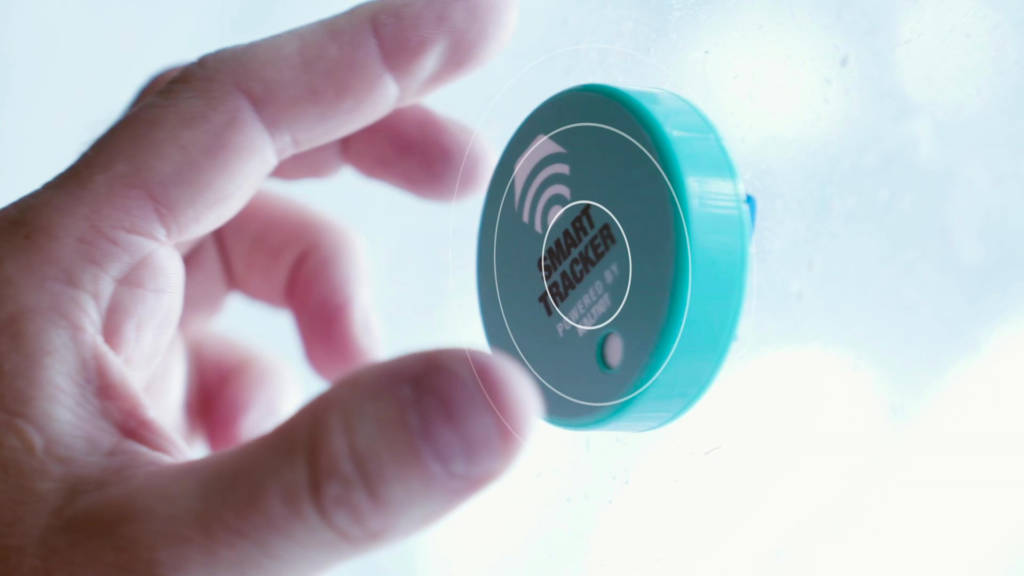
Let’s talk about the modern technology structure called “Cloud”. There are countless benefits of using cloud technology, such as flexibility, mobility, and sustainability. How does the Kaltiot sensor use this technology, and what is the biggest strength of this combination, smart sensor, and cloud technology?
We have firmware, and we have a mobile application for a smartphone that runs in the background. We have software for gateways. And we have cloud software, cloud backend. The cloud is, of course, very flexible.
The cloud enables us to do continuous development. We work in this kind of evolving mode where we can deploy any new functionality to know what the customers are using. We can deploy all new functionality all the time.
People need to know how long to stand next to each other or how far they are apart.
Talking about the near and far future: What are your long-term goals with the Ruuvi smart sensor technology? What would you say are the benefits of using this technology in the long run?
Well, that’s a good question. I think Ruuvi itself is a good platform for us to use, and I think it’s very flexible, and Ruuvi itself is going to evolve. Now there has been the gateway development, and we have tried that. We have not deployed that yet. But I think that it seems to be good hardware.
I think the benefit is the kind of focus that it gives us that we can focus on the service side and not worry about the hardware side. You have this sensor where you can upload your software.
[It is a] long lifespan in that sense, because when, for example, in construction sites where the construction site is finished, those sensors are collected back, and we can update the software firmware needed. We can provide both new functionality and configuration and everything there if needed.
Ruuvi itself is going to evolve.
Does your company need environmental monitoring?
Ruuvi is an easy way to measure environment at different businesses. Order now and ensure proper conditions in whatever your field of business is!